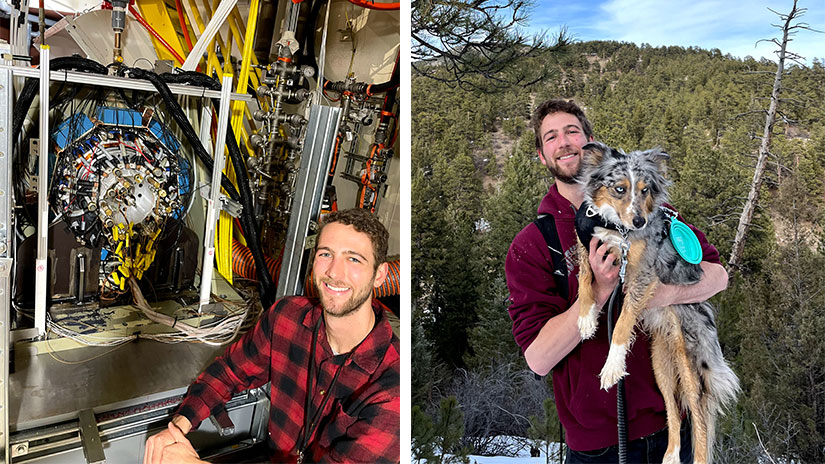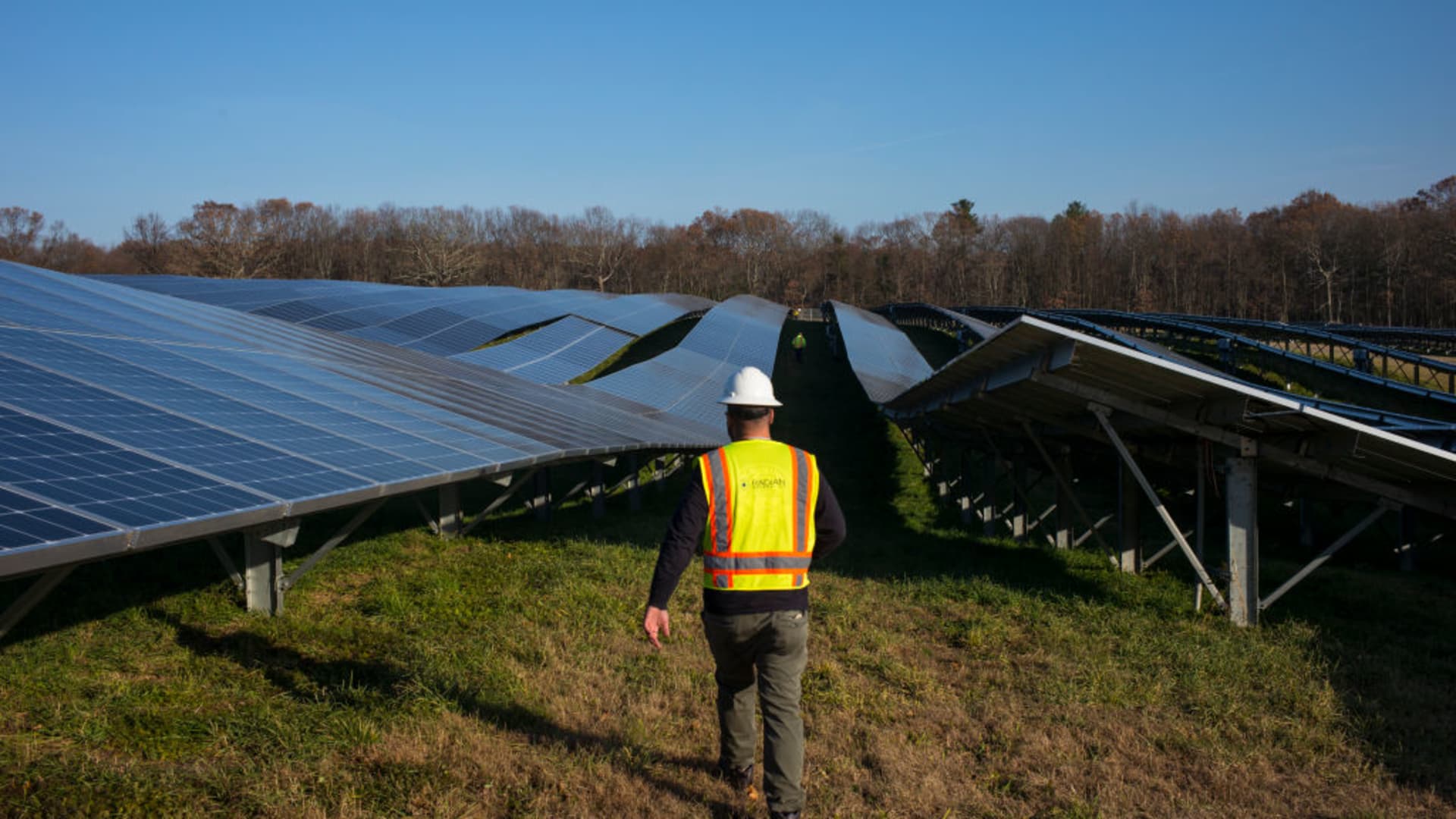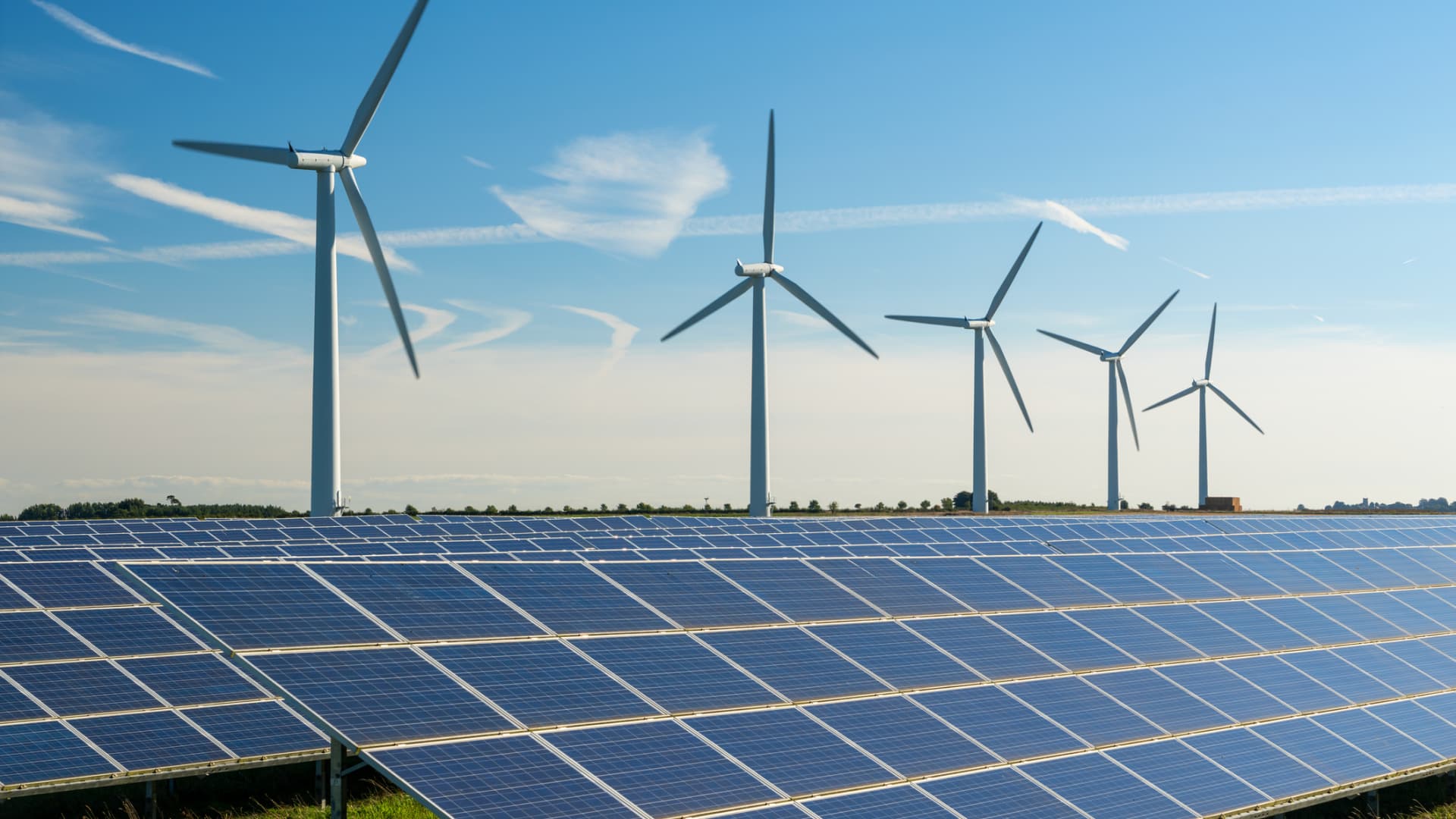Beneath the Surface: Alec Schnabel Has the Power (and the Power Electronics) To Advance Wave Energy

Sign up for daily news updates from CleanTechnica on email. Or follow us on Google News!
Schnabel and Ocean Energy May Be Young, but Both Can Help Fight Climate Change
Most kids who grew up in chilly, snow-prone areas remember the dreaded five-day rule: After five snow days savoring hot chocolate and chucking snowballs, any extra had to be traded for precious summer vacation days.
Alec Schnabel was one of those kids. Growing up in central Ohio in the 2000s, he remembers eclipsing the five-day rule more winters than not. But then, as he got older, something changed.
“We saw less snow,” Schnabel said. “And now it’s very green during the winter, always. In Ohio, we get some snow, but it just melts instantly.”
Schnabel, who is now a marine energy researcher at the National Renewable Energy Laboratory (NREL), is part of the first generation to see climate change alter their world in real time—an experience that can be just as powerful and terrifying as watching a loved one age.
Less snow might seem like an insignificant or even welcome change—except to the kids who miss out on a snow day’s crystalline joy. But the internet broadcasts a never-ending reel of climate change’s more sinister havoc, like devastating wildfires, more violent tropical storms, and crop-decimating droughts. (By the way, Ohio’s snow loss is not insignificant; less snow could be connected to summertime drought and a spike in tick populations).
“Something about climate change bothered me, really sat with me,” Schnabel said. “I really wanted to be a part of finding some sort of solution.”
Now, he is.
At NREL, Schnabel works on marine energy devices, which are designed to generate clean energy from waves, ocean and river currents, tides, and other watery powers. This newer renewable is both predictable and powerful; U.S. waters contain enough energy to meet about 60% of the country’s electricity needs. We cannot harness all that energy, simply because we cannot coat our oceans and rivers in tech. And today, because the industry is still so young, we cannot harness much at all.
Schnabel wants to help change that. He is working to advance one especially powerful part of marine energy technologies: their electronic guts.

Wave Energy’s Power Problem
Compared to other energy sources, like wind gusts and sunshine, ocean waves can surge like a series of uppercuts as opposed to a steady push.
“Wave energy is pulsing. It’s swelling. It’s stopping. It’s moving,” Schnabel said.
That means wave energy devices must be designed to handle those large swings in power—and that is easier said than done. Already known as “the power electronics guy” after only a year at NREL, Schnabel spends his time manipulating the electronic components that control how a device reacts to the ocean’s uppercuts. Those controls, known as power electronics, can help regulate how much energy a generator absorbs; the goal is to absorb enough to generate substantial amounts of electricity but not so much that the parts start to break down too soon.
If Schnabel can help achieve that tightrope balance, “that would be huge leaps and bounds for the industry,” he said.
But the benefits would extend beyond just the marine energy industry. Ocean and river energy could help rural communities, like Alaska’s isolated village of Igiugig or Maine’s islands, replace diesel generators with clean energy. The renewable could also power ocean technologies, like observation sensors that keep an eye out for tropical storms. And marine energy’s steady, predictable power could even help some states reach their aggressive clean energy goals.
“It’s really good to have a diverse portfolio of potential energy sources just in case one works better for a location or is more cost-effective,” Schnabel said. “For example, if you’re in Kansas, wave energy doesn’t mean anything to you, but wind does. But if you’re along the coast of California, there is a ton of untapped wave energy potential there.”
From Model Trains to Circuits
Schnabel might sound like he has lived in the wave energy world for years. But he did not plan on landing in marine energy. Like many budding engineers, he spent his childhood tinkering with those famous rainbow-colored plastic building bricks and constructing model trains (a pastime he picked up from his grandfather).
In college, Schnabel swapped those train tracks for complex electrical circuits and, after that, fell deeper into electronic everything. He has worked on the powerful electric guts inside refrigerators, cars, and aircrafts for NASA. As Schnabel puts it, his research was all about “taking the world toward electricity.”
But Schnabel also wanted his career to feel like more than just work—a desire instilled (perhaps inadvertently) by his dad’s fascination with renewable energy, good gas mileage, and electric cars.
“He bought an old Ford Focus with the intent to convert it into an electric car,” Schnabel said. “And this was back in 2005 when those weren’t really a thing. I grew up on that.” (His dad did not complete the conversion, but for Schnabel, just the goal was motivation enough.)
After earning a master’s degree in electrical engineering from The Ohio State University, Schnabel already had NREL in mind. “They’re just a big name in the power field. Everybody knows it,” he said. The laboratory had an opening for a marine energy researcher, and, to his surprise, the description fit his resume like a glove.
“I never really intended to get into marine energy,” Schnabel said. “I’m really happy I did, honestly.”

The REGATRON and a Dog Named Stella
Now, if Schnabel is not hiking Colorado mountains with Stella, his blue-eyed Australian shepherd, he is simulating how various electronic bits function together, often on a machine with a movie villain name, like REGATRON.
Schnabel uses the REGATRON system to emulate how wave energy devices might integrate into a microgrid with other technologies like wind turbines and diesel generators. He can even hook a real generator up to an ocean simulation to see how it responds to powerful waves—a safer, lower risk, and less costly way to study and improve these power systems.
And soon, Schnabel hopes to lead his own projects.
“The team have all been fantastic at giving me so much autonomy and helping me develop,” Schnabel said. “Being the power electronics guy, I say, ‘Hey, I think we should do this,’ and they’re like, ‘Great. Done.’”
Schnabel’s goal is to, one day, be able to point to a technology and say, “That was me. I helped build that.” As an intern at General Electric, he built a button for a refrigerator and, for a time at least, could visit his invention in showrooms.
“But it would be great if that were on a grander scale. Like, the technology in that wave energy converter is making energy for people, and it’s making a positive impact on the world,” Schnabel said. “That’s what I set out to do.”
Discover all the ways NREL’s experts are inspiring the next generation of clean energy champions to save the planet. And subscribe to the NREL water power newsletter, The Current, for the latest news on NREL’s water power research.
Courtesy of NREL. By Caitlin McDermott-Murphy
Have a tip for CleanTechnica? Want to advertise? Want to suggest a guest for our CleanTech Talk podcast? Contact us here.
Latest CleanTechnica TV Video
CleanTechnica uses affiliate links. See our policy here.
This post has been syndicated from a third-party source. View the original article here.





